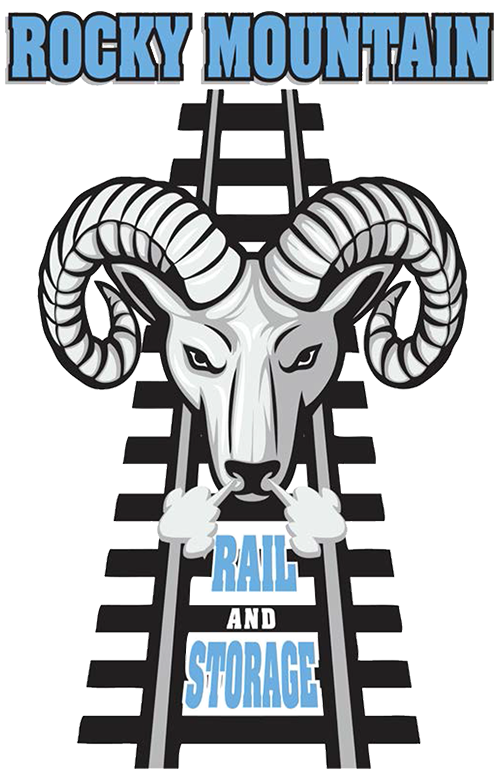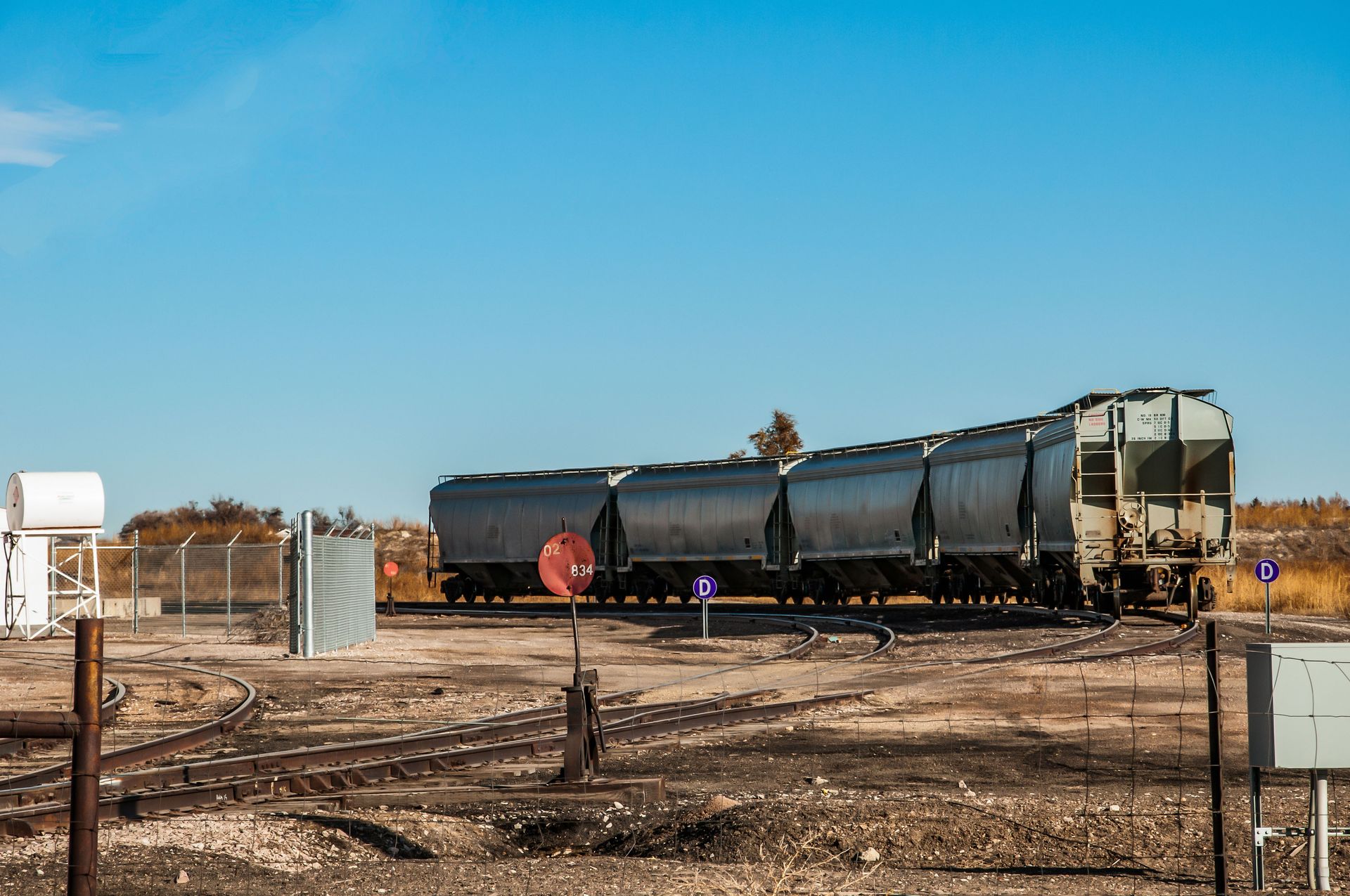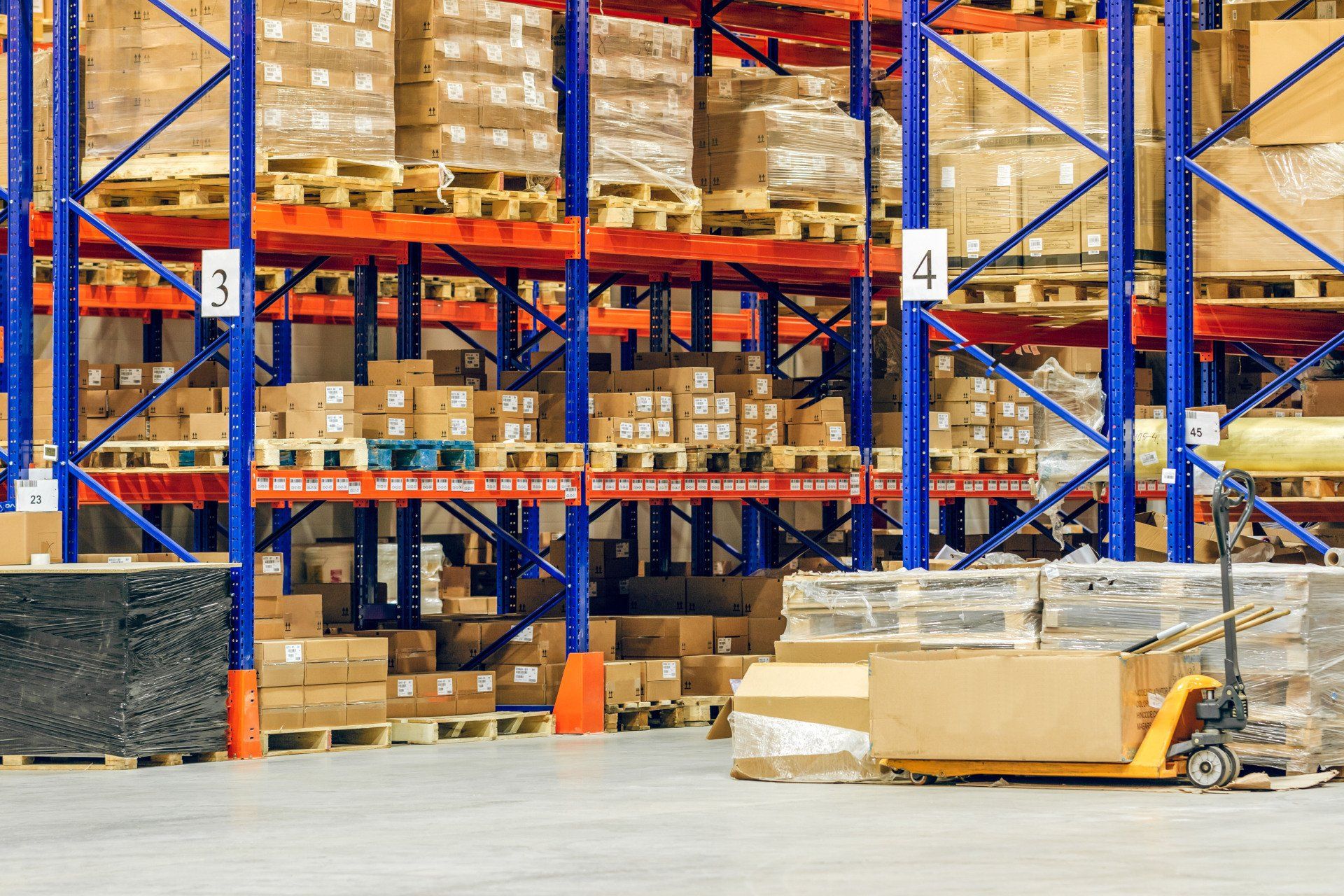Cameo, DeBeque, CO
What to Expect When Transloading Your Freight
Transloading is a vital component of global logistics, especially as supply chains become more complex. With the increasing demand for efficient and cost-effective transportation solutions, businesses are turning to transloading services to ensure seamless delivery of goods. Understanding what to expect when utilizing these services can help businesses minimize disruptions and maximize the efficiency of their logistics operations. This guide will walk you through the key aspects of the transloading process and what businesses should consider when incorporating it into their supply chains.
Understanding the Transloading Process
Transloading involves transferring goods from one mode of transportation to another, typically at a strategically located facility. According to Investopedia, transloading refers to the transfer of goods from one mode of transportation to another en route to their ultimate destination. This process is particularly advantageous for businesses moving large volumes across diverse geographies, as it allows for the optimization of the supply chain by utilizing the most efficient transport modes available. This flexibility makes transloading an invaluable tool in modern logistics.
Ensuring Security and Integrity of Goods
One of the key considerations in transloading is ensuring the security and integrity of goods during transfer. Facilities equipped for transloading are designed to handle this process securely, but understanding the protocols in place can offer peace of mind. It is crucial to partner with reputable transloading services that prioritize the safety of freight, employing advanced technology and rigorous processes to minimize risks such as damage or loss. Detailed documentation and communication are essential to guarantee that the handover between different transport modes proceeds without issues.
Managing Delivery Timelines During Transloading
Another expectation when transloading is the potential for changes in delivery timelines. While transloading can lead to more efficient routing, the added step of transferring goods means businesses should anticipate variations in delivery schedules. The timing of the transfer can be affected by the distance between transportation hubs and the efficiency of the transfer process itself. Being adaptable and maintaining open communication with all parties involved in the logistics chain can help mitigate unexpected delays. It’s beneficial to have contingency plans in place to navigate any unforeseen circumstances that might arise.
Transloading offers significant advantages for businesses aiming to optimize their supply chains, although it requires careful planning and strategic partnerships. By understanding the nature of transloading operations and preparing for potential challenges, businesses can leverage this process to enhance their logistical efficiency. Whether handled internally or outsourced, effective transloading can be pivotal in meeting the demands of modern transportation networks. Contact Rocky Mountain Rail & Storage LLC to learn more!
Member of the Local Chamber of Commerce





Share On: